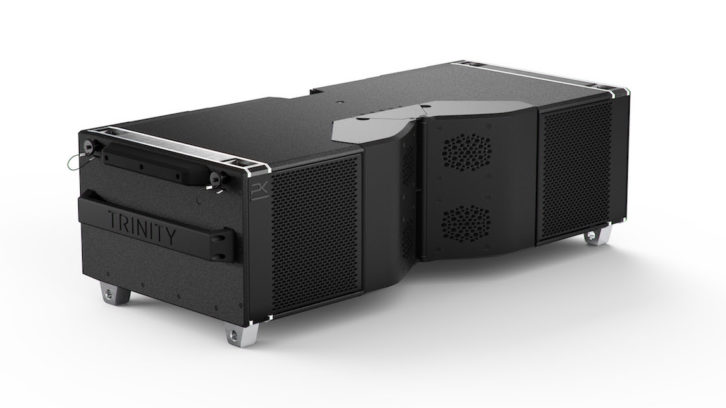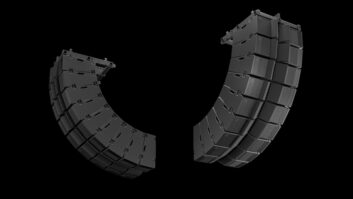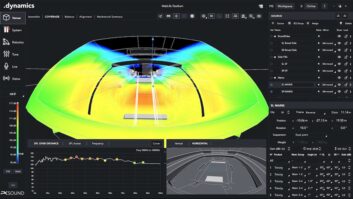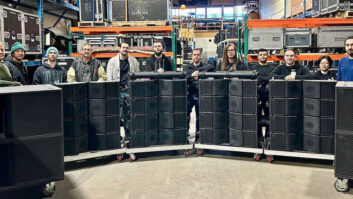
Calgary, AB (February 23, 2022)—PK Sound has introduced the Trinity Black line source element, intended to be the centerpiece of a new core system that the company has designed to cover various applications.
As part of that core system, Trinity Black boxes will work in tandem with the new PK Cell touring rack and upcoming .dynamics software platform, making use of revamped v4 presets with the aim of providing acoustic enhancements over previous iterations.
According to PK Sound, Trinity Black serves up SPLs up to 149.3dB that can be controlled with variable coverage in both the vertical and horizontal planes, allowing system operators to make coverage adjustments after the array is flown. Directivity is tailored to meet the architectural design of the venue or space using industrial linear actuators with a duty cycle of up to 109 years.
PK Sound, FM Systems Partner
That control is handled through a patented Coherent Midrange Integrator (CMI) Waveguide that combines mid and high frequencies, coupled with low frequency apertures for controlled directivity. It offers variable adjustability from 50°-120° both symmetrically and asymmetrically. Under the system, reportedly vertical angles can be set and adjusted remotely with 0.1° accuracy.
Horn-loaded 12” transducers manage low frequency response. The mid frequency band is supported by four 6.5-inch midrange transducers affixed to the CMI Waveguide. A pair of dual-diaphragm high frequency transducers, coupled directly to an integrated planar waveguide, are said to reduce distortion across the high frequency band. A 6,000 W Class D amplifier is used for the application. IR sensors and inclinometers allow the module to recognize its position and angle within the system, and a combination of FIR and IIR filters are applied.







